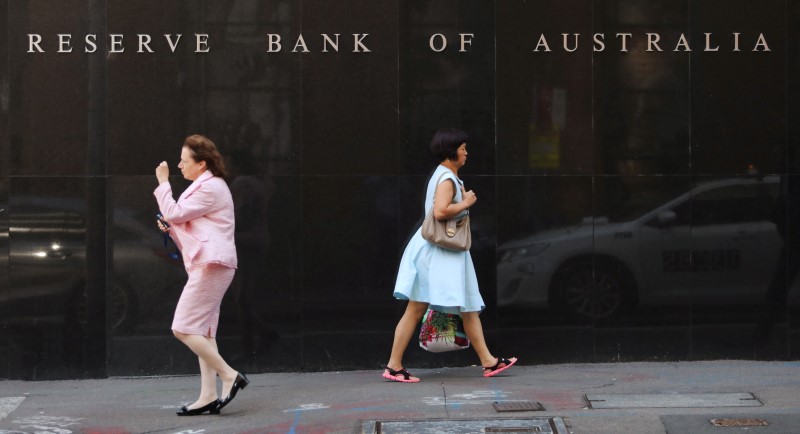Persistently high inflation may necessitate the Reserve Bank of Australia (RBA) to extend its round of interest rate hikes, according to recent data. The Australian Bureau of Statistics' report revealed that annual headline inflation fell slightly from June's 6% to September's 5.4%, surpassing economists' expectations and posing a challenge in meeting RBA's projected December quarter inflation rate of 4.1%. These figures could be concerning for the new RBA governor Michele Bullock, as they suggest additional monetary tightening might be required to guide inflation back within the central bank's target band of 2-3%.
In response to acute price pressures across the economy, Governor Michele Bullock may have to enforce more interest rate hikes. The Q3 headline inflation rose to 1.2% from Q2's 0.8%, spurred by escalating petrol, rent, and electricity costs. This could lead to a cash rate hike to 4.35%, up from the current level of 4.1%, on Melbourne Cup Day, November 7.
At a business conference in Sydney, Bullock reiterated the RBA's readiness to raise rates if inflation remains high, expressing concerns over public credibility with low and stable inflation. The RBA's measure of price pressures, trimmed mean inflation, rose to 1.2% from 0.9% in June - more than the bank's forecast, leading to a slight dip in the S&P/ASX200 index.
The Israel-Hamas conflict has contributed to economic pressures with Brent crude prices close to $US88 a barrel, resulting in a substantial Q3 fuel price increase of 7.2% - the highest since March 2022. Motorists now face petrol prices over $2 per litre, with potential conflict escalation threatening further oil price hikes and global oil market volatility due to material upward revision.
The RBA board is due to make a crucial cash rate decision on Melbourne Cup Day, November 7, deliberating on whether to raise the rate from its current level of 4.1%.
This article was generated with the support of AI and reviewed by an editor. For more information see our T&C.
